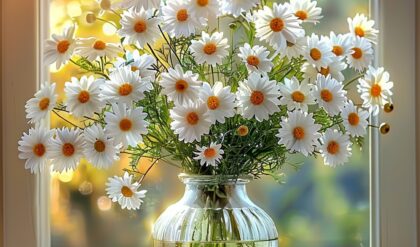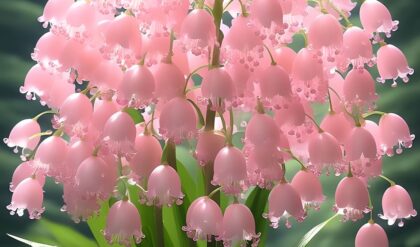Lily of the Valley, known scientifically as Convallaria majalis, embodies an enchanting blend of beauty and symbolism. Often associated with purity and sweetness, this delicate flower is a beloved addition to gardens, celebrated not just for its striking appearance but also for its captivating fragrance. In exploring how to grow and care for these flowers, we can appreciate not only their horticultural requirements but also the deeper connections they may foster in our gardens and lives.
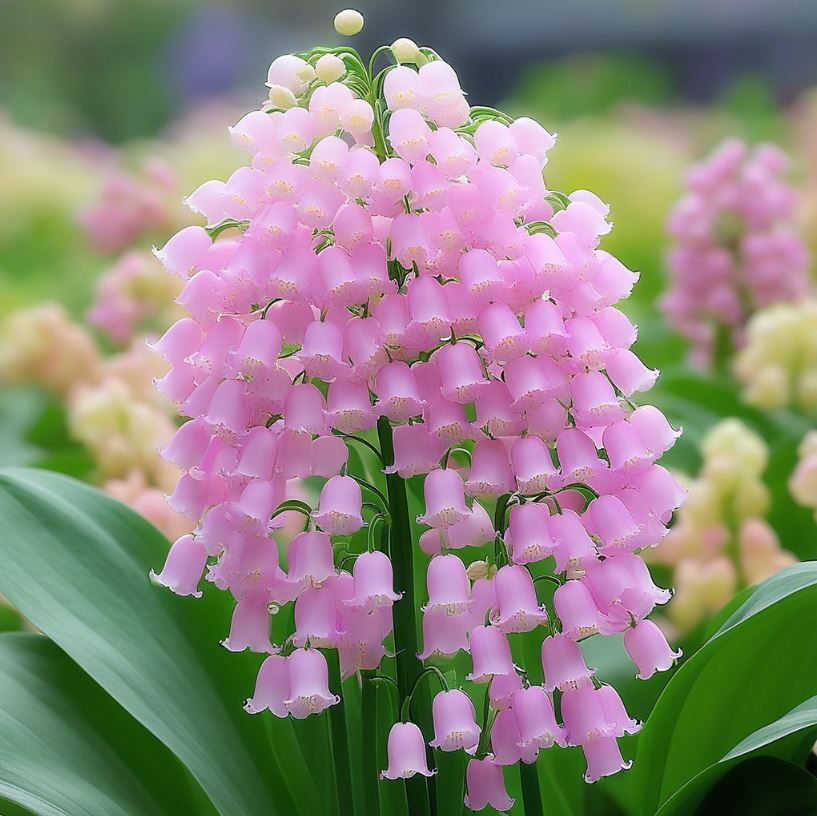
Understanding the Basics of Growth
Ideal Conditions for Planting
Lily of the Valley thrives best under specific environmental conditions. These low-growing perennials prefer partial to full shade, making them ideal for woodland gardens or areas beneath larger trees where sunlight is intermittent. This unique habitat requirement invites gardeners to think creatively about their landscape design. Imagine transforming the shadows of a neglected corner into a vibrant floral display—it’s a perfect opportunity to breathe new life into forgotten spaces .
Interestingly, the soil needs to be rich, well-drained, and somewhat moist. Poor drainage can lead to root rot, while extremely dry conditions stunt growth. Therefore, regular watering—especially during hot weather—is essential. Picture a ritualistic watering session, transforming your garden into a sanctuary where every droplet nurtures life, inviting nature’s fragrances to envelop your personal space .
Propagation Techniques
Rhizome Division: An Artful Approach
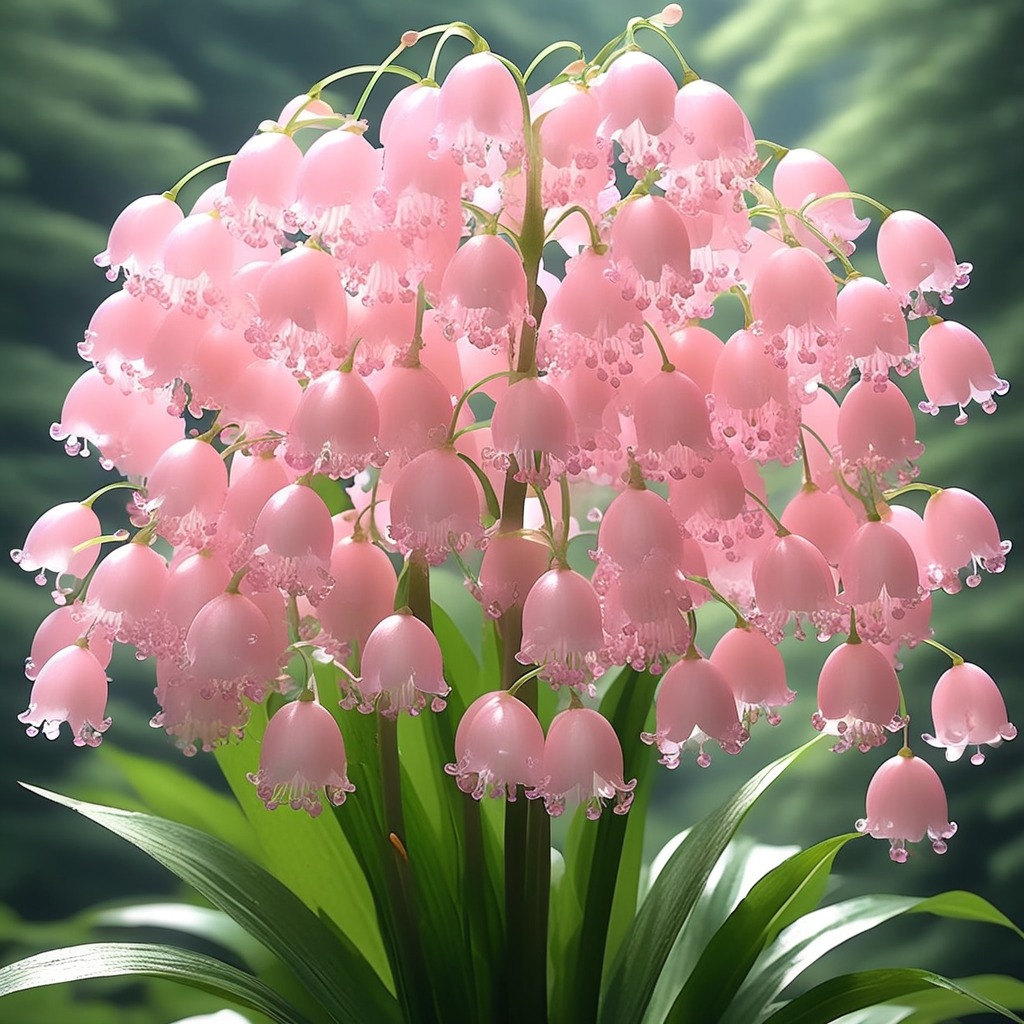
One of the most effective ways to propagate Lily of the Valley is through rhizome division. As these plants mature, they spread via underground rhizomes, which can be dug up and divided every few years. This creates an analogy of sharing—a symbiotic relationship where one thriving plant produces offspring that need nurturing. This not only multiplies your blossoms but can enhance community efforts as you share divisions with fellow gardening enthusiasts .
Caring for Your Plants
Seasonal Maintenance
In terms of ongoing maintenance, understanding the seasonal life cycle of the Lily of the Valley lends insight into its care. After flowering in late spring, the foliage continues to photosynthesize, gathering energy for the following year. Neglecting to remove the foliage too early could mean sacrificing next year’s blooms, leading to fewer flowers when the season returns.
Additionally, it’s critical to pay attention to pests. While generally resilient, these flowers can fall prey to various nuisances. A holistic approach that incorporates natural remedies and interventions not only preserves the integrity of your plants but also promotes a healthy ecosystem within your garden .
Incorporating Into Your Garden Landscape
Symbolism and Aesthetic Appeal
Beyond gardening techniques, consider the emotional resonance of these flowers. With their association with spring and renewal, incorporating Lily of the Valley into your landscape can evoke feelings of hope and rebirth. Imagine planting them along a pathway leading to your home, welcoming guests with their sweet scent and charming bells, heralding new beginnings with every bloom.
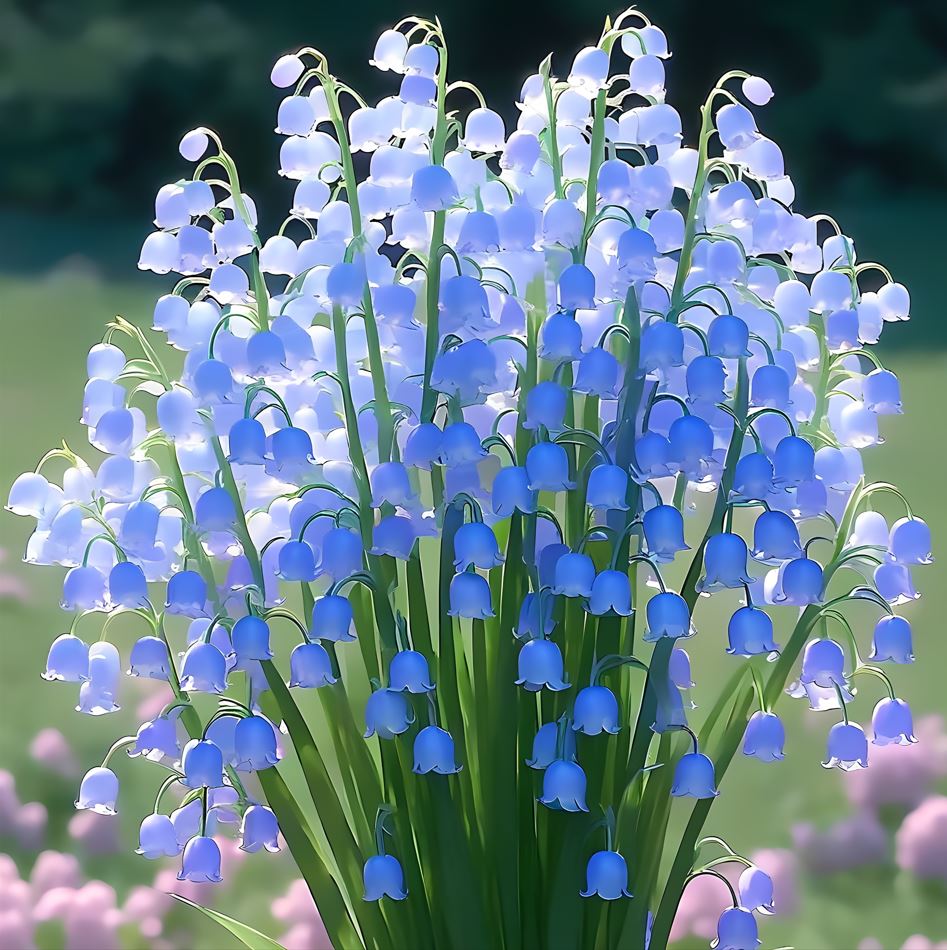
From a creative standpoint, envision arranging them among other native plants or blending them with contrasting colors, enhancing both physical and emotional landscapes. By combining aesthetics with symbolism, these flowers can become more than just visual appeals; they can serve as reminders of cherished moments and aspirations in life .
Navigating Challenges
Beyond Traditional Cultivation
Managing invasive tendencies is crucial, as Lily of the Valley can spread aggressively if left unchecked, similar to the balance in ecosystems that combat overcrowding. Thus, adopting a proactive management approach not only ensures the harmony of your garden but tests your skills as a caretaker of life. This reminds us of stewardship’s vast implications—how our choices affect not only our surroundings but future generations of plants and wildlife.
By engaging with Lily of the Valley holistically, incorporating cultivation with aesthetics, emotional ties, and ecological balance, your gardening experience transcends mere flower-growing—it becomes a tapestry interwoven with stories, emotions, and memories that create connection with the world around you.


